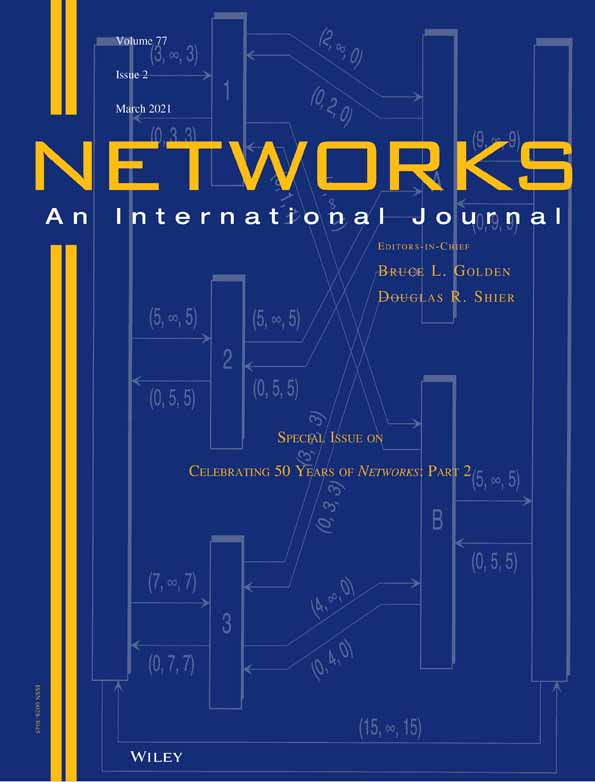Large-scale zone-based evacuation planning, Part II: Macroscopic and microscopic evaluations
Abstract
A companion paper introduces models and algorithms for large-scale zone-based evacuation planning in which each evacuation zone is assigned a path to safety and a departure time. It also shows how to combine zone-based evacuations with contraflows and impose additional path-convergence and nonpreemptive constraints. This paper evaluates these algorithms on a real, large-scale case study, both from a macroscopic standpoint and through microscopic simulations under a variety of assumptions. The results quantify, for the first time, the benefits and limitations of contraflows, convergent plans, and nonpreemption, providing unique perspectives on how to deploy these algorithms in practice. They also highlight the approaches best suited to capture each of these design features and the computational burden they impose. The paper also suggests new directions for future research in zone-based evacuation planning and beyond in order to address the fundamental challenges by emergency services around the world.




